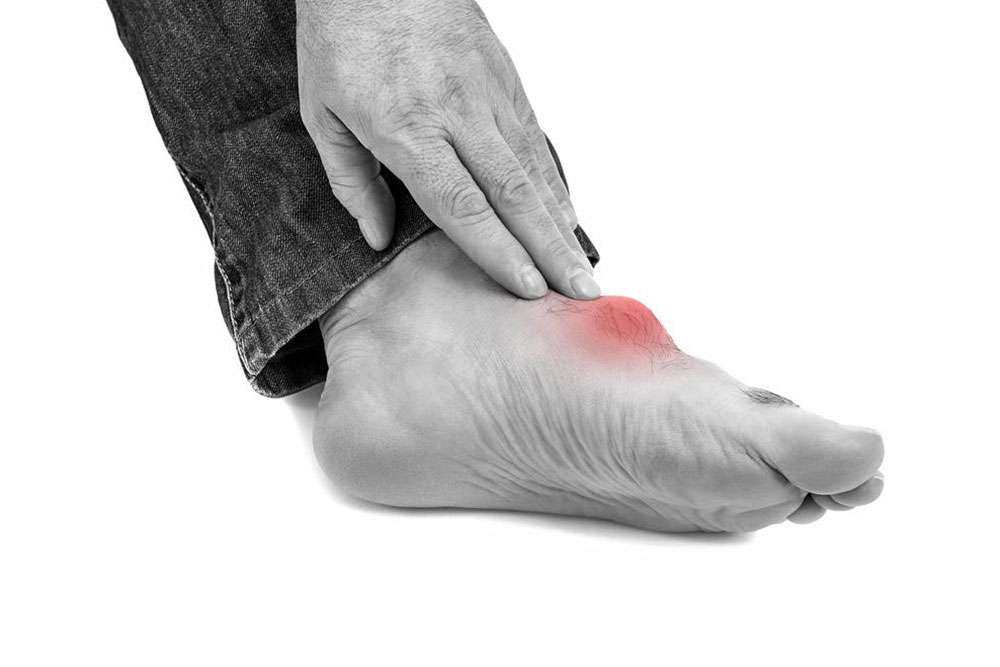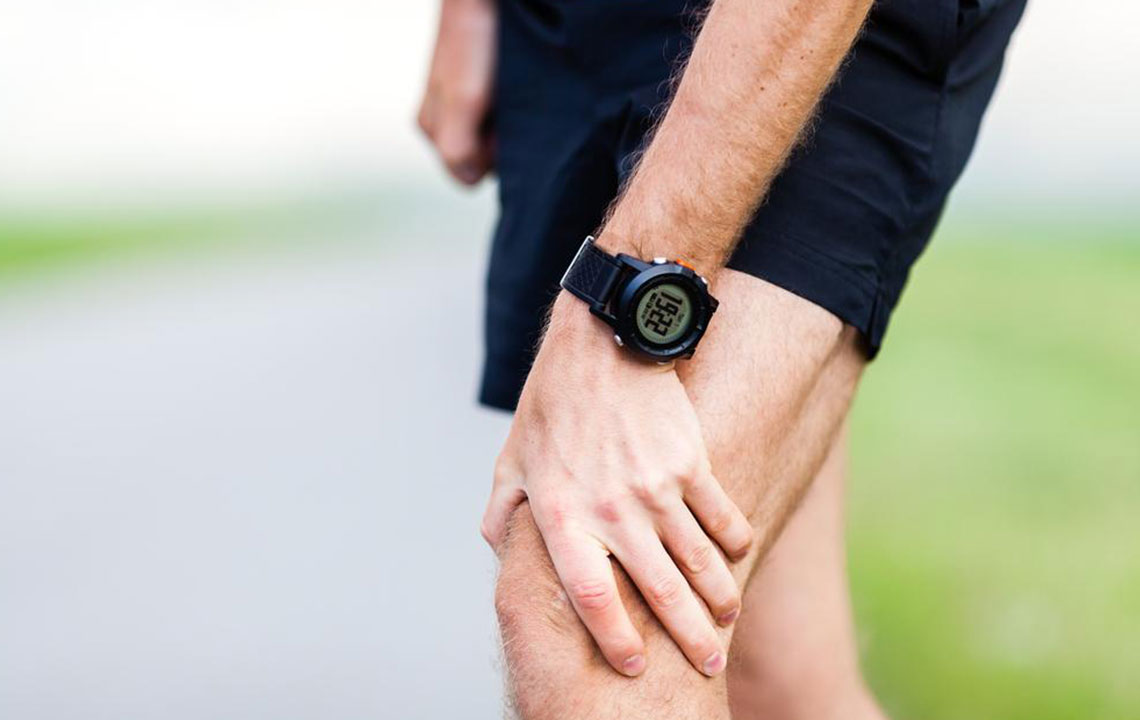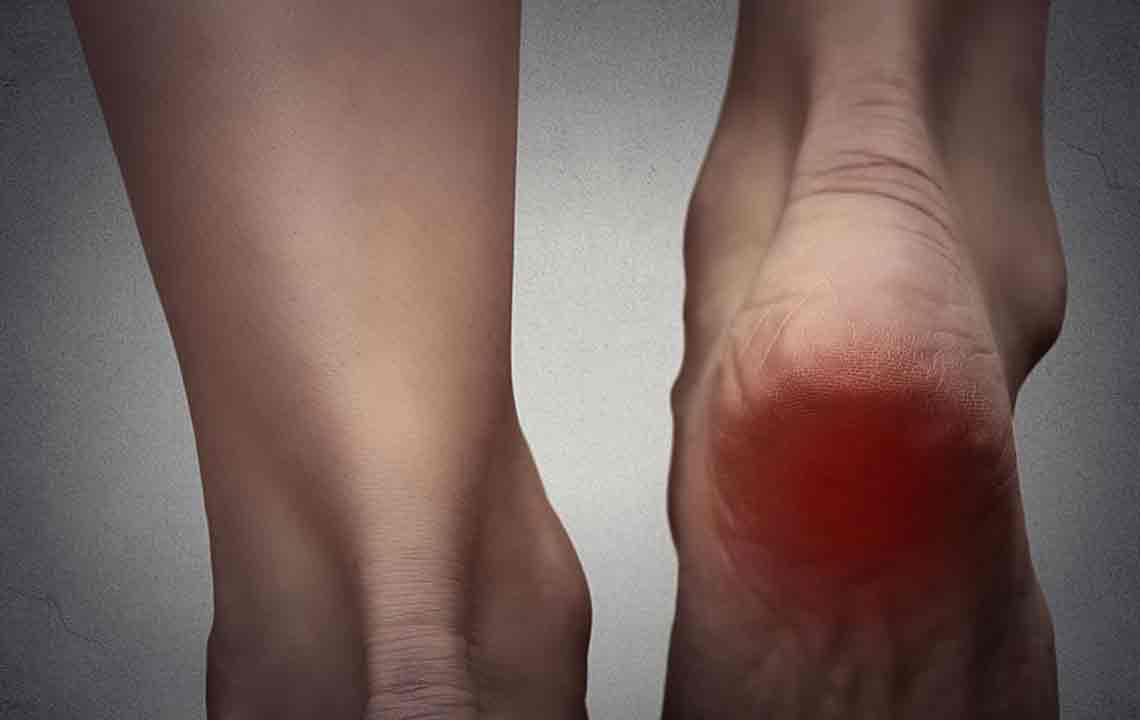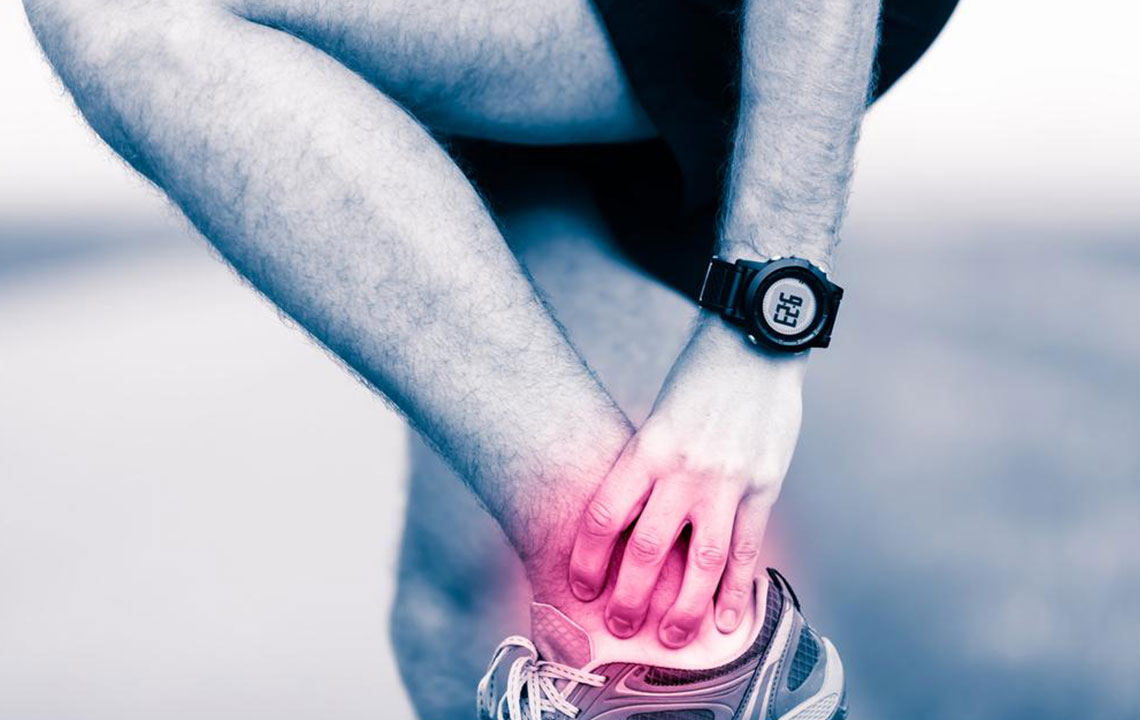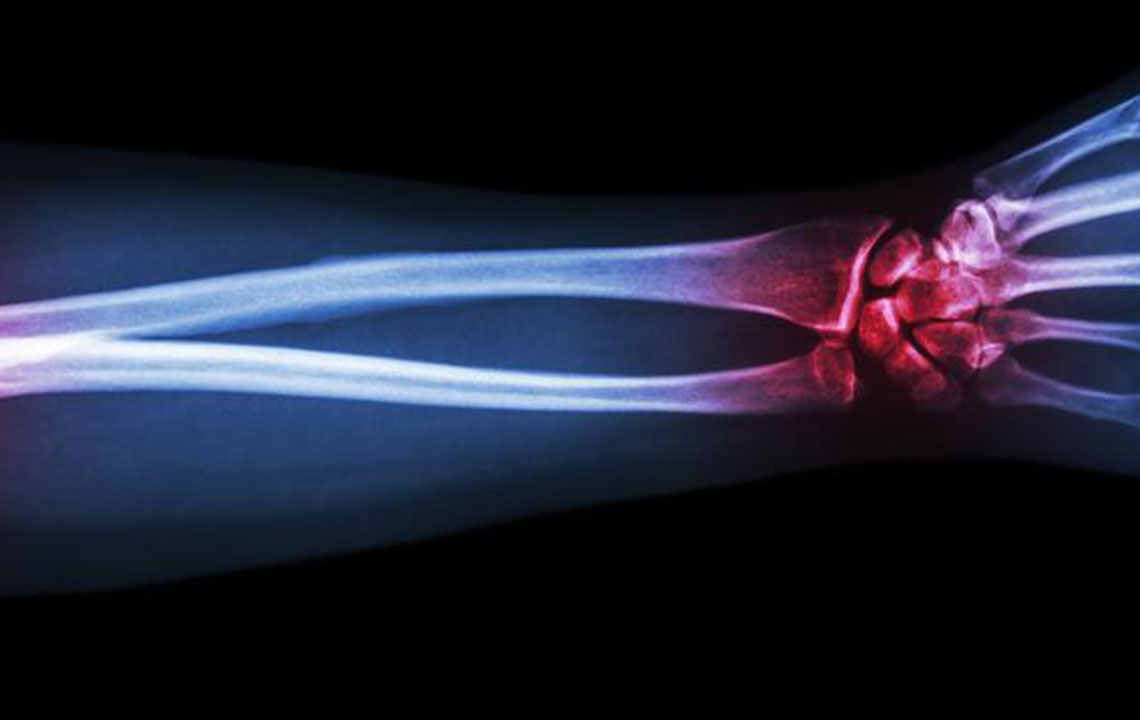Comprehensive Guide to Rapid Relief from Gout Pain and Discomfort
Discover comprehensive methods to rapidly relieve gout discomfort, including home remedies, dietary tips, and medical options. Learn how lifestyle changes and proper treatments can effectively manage gout pain, prevent flare-ups, and improve joint health. Early intervention is key in controlling symptoms and preventing long-term damage with expert guidance and practical approaches.
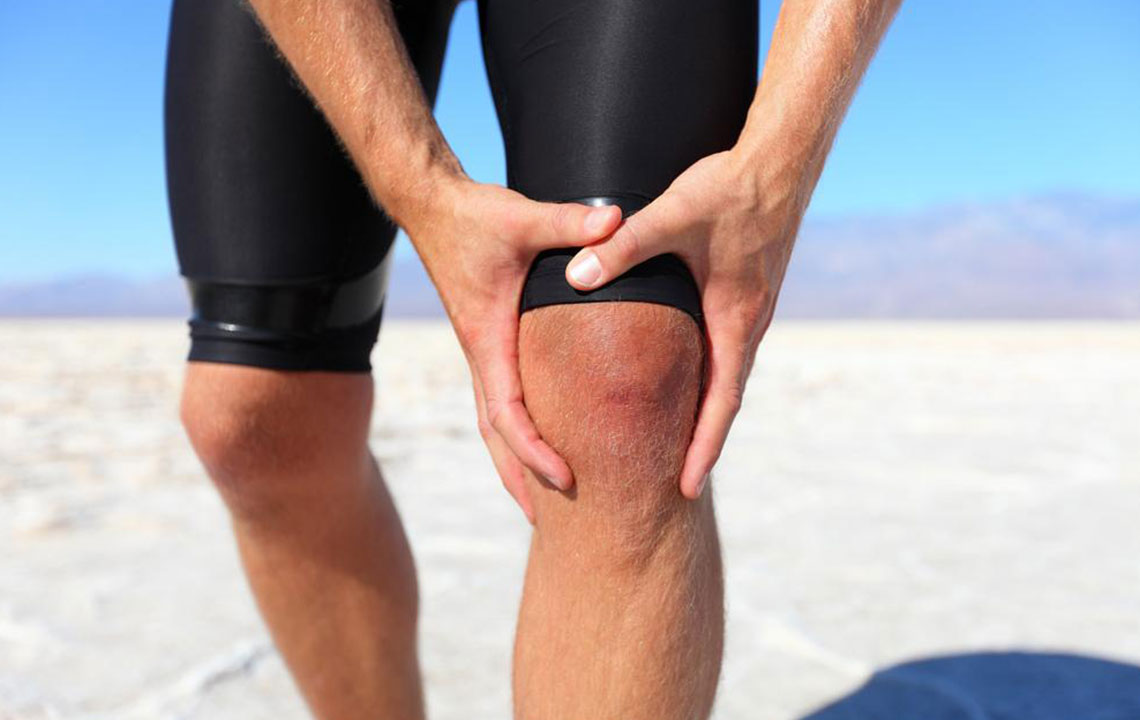
Effective Strategies for Rapidly Alleviating Gout Pain and Discomfort
Gout is a complex form of arthritis that results from the buildup of uric acid crystals in joints, leading to intense pain, swelling, and inflammation. It predominantly affects middle-aged and elderly populations but can occur at any age. Understanding how to effectively manage gout symptoms is essential to improve quality of life and prevent long-term joint damage. The primary causes of gout include elevated uric acid levels—often linked with dietary habits and metabolic health—and excess body weight. These factors increase the likelihood of uric acid crystallization within joint tissues, resulting in painful episodes.
Many individuals suffering from gout are unaware of the range of practical remedies and lifestyle changes that can help reduce pain and swelling. Ignoring symptoms can lead to the progression of the disease, making management more challenging and increasing the risk of joint deterioration. Therefore, early intervention and a comprehensive approach to treatment are critical. Gout is the most common form of inflammatory arthritis, surpassing rheumatoid arthritis in its prevalence. Recognizing early symptoms and implementing effective strategies can make a significant difference in disease management.
Understanding Gout Triggers and Contributing Factors
Gout attacks are often triggered by lifestyle factors such as excessive intake of saturated fats, alcohol consumption, and diets high in purine-rich foods like seafood and red meats. Additionally, high blood pressure, elevated cholesterol levels, obesity, dehydration, and certain medications can exacerbate the condition. Historically, the big toe joint was the most affected area, but now gout often involves knees, wrists, fingers, and other joints, reflecting changes in lifestyle and dietary habits. Recognizing these triggers enables individuals to modify their habits and reduce the frequency and severity of flare-ups.
Effective Strategies for Immediate Gout Pain Relief
While medications prescribed by healthcare providers remain essential, there are several effective, natural, and supportive remedies to alleviate gout pain swiftly. Combining these approaches with medical treatment can optimize outcomes and provide relief during severe episodes.
1. Elevate and Rest Affected Limbs
Proper elevation of the affected joints plays a pivotal role in reducing swelling and easing pain during gout flare-ups. Use a pillow or a footstool to keep the troubled area elevated above heart level whenever possible. Resting minimizes stress on inflamed joints and prevents aggravation. Elevation combined with gentle movement helps facilitate fluid drainage from the joint, decreasing inflammation.
2. Implement Cold Compress Therapy
Applying an ice pack directly to the inflamed joint is one of the most effective immediate treatments for gout. Cold therapy constricts blood vessels, which reduces blood flow to the area, thereby decreasing inflammation and numbing nerve endings. Wrap the ice pack in a soft cloth and apply it for 15-20 minutes at a time, several times a day during acute attacks. Always ensure ice is not placed directly on the skin to prevent frostbite.
3. Manage Your Weight Effectively
Being overweight or obese significantly increases the risk of developing gout, as excess body fat helps to elevate uric acid levels and puts additional stress on joints. Maintaining a healthy weight through a balanced diet and regular physical activity can markedly reduce gout risk and frequency. Avoid crash diets or extreme calorie restrictions, which can increase uric acid levels temporarily. Instead, focus on gradual weight loss, emphasizing nutrient-dense foods, portion control, and sustainable lifestyle changes.
4. Drink Ample Water and Stay Hydrated
Hydration is vital for flushing excess uric acid from the body. Aim to drink at least eight glasses (2 liters) of water daily. Proper hydration dilutes uric acid in the bloodstream and facilitates kidney function, thereby limiting crystal formation in joints. Additionally, incorporating fluids like herbal teas or diluted fruit juices can be beneficial. Limit alcohol and caffeinated beverages, as they can dehydrate the body and worsen gout symptoms.
5. Dietary Modifications and Avoidance of Triggers
Diet plays a crucial role in managing gout. Reduce intake of purine-rich foods like seafood, organ meats, red meats, and certain alcoholic beverages such as beer and spirits. Incorporate more low-purine foods like vegetables, whole grains, and low-fat dairy products. Moderation is key—completely eliminating trigger foods may not be necessary but monitoring and adapting dietary habits can prevent frequent attacks. Always consult your healthcare provider before making significant dietary changes or stopping medication.
6. Lifestyle Changes and External Support Measures
Wear loose, breathable clothing, especially around the affected joints, to prevent external pressure that can intensify pain. Avoid tight shoes or socks that compress the feet. Use soft, natural fabrics like cotton during flare-ups for maximum comfort. Additionally, regular moderate exercise, like walking or swimming, can improve joint function and overall health. However, avoid strenuous activity during acute episodes. Stress management techniques such as meditation or deep breathing exercises can also help reduce flare-up severity.
7. Medication and Professional Medical Care
Pharmacological treatment is essential for severe or persistent gout attacks. Non-steroidal anti-inflammatory drugs (NSAIDs) such as ibuprofen or naproxen are commonly used to relieve pain and reduce inflammation. Colchicine and corticosteroids may be prescribed for certain cases. Importantly, some medications used to lower uric acid levels—like allopurinol or febuxostat—should be taken consistently as prescribed, even outside of flare-ups, to prevent crystal formation. Avoid aspirin during gout treatment unless directed by your doctor, as it can interfere with uric acid levels.
Long-term Prevention and Management Tips
Gout is a chronic condition that benefits significantly from ongoing lifestyle adjustments and medical management. Regular check-ups, blood tests to monitor uric acid, and adherence to prescribed medications are vital. Maintaining a healthy diet, staying hydrated, exercising regularly, and avoiding known triggers can help reduce the frequency of attacks. Managing associated health issues like hypertension, diabetes, and high cholesterol can further lower risk. Early intervention and consistent management can significantly improve quality of life and joint health.
Summing Up
Although gout can be an intensely painful condition, understanding its triggers and implementing effective management strategies can vastly improve life quality. Immediate remedies such as elevation, cold therapy, and hydration, combined with dietary modifications and medical treatment, provide a comprehensive approach to managing gout flare-ups. Adopting a healthy lifestyle, regular medical check-ins, and avoidance of risk factors are essential to prevent future attacks. If you experience recurring or severe symptoms, always seek professional healthcare advice for personalized treatment plans.
